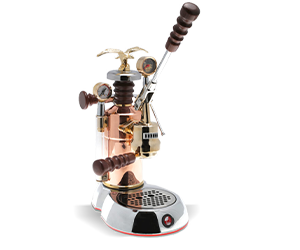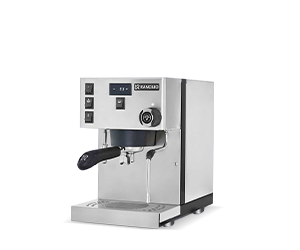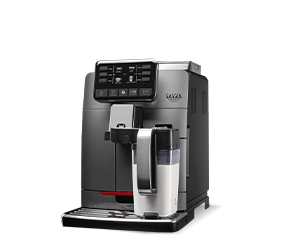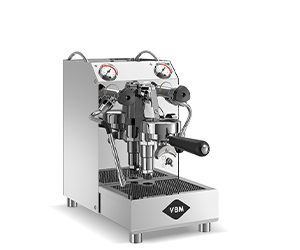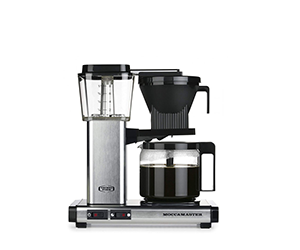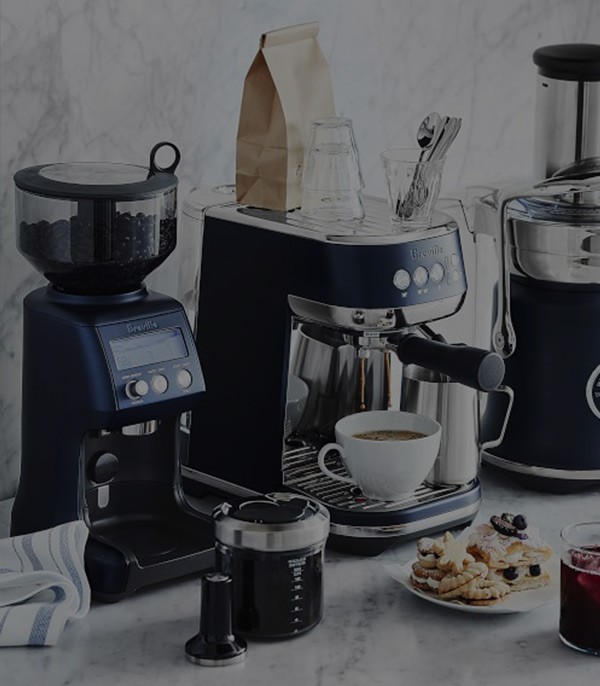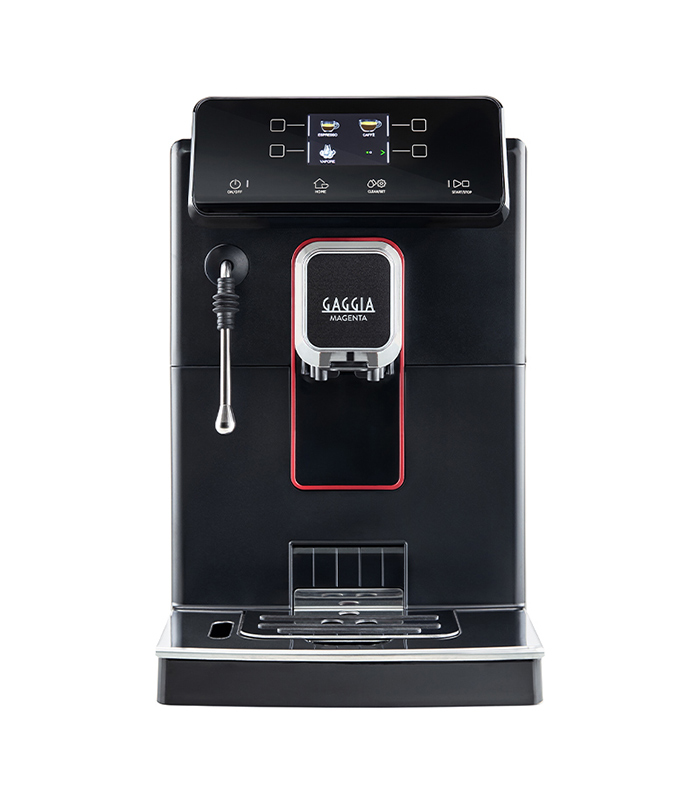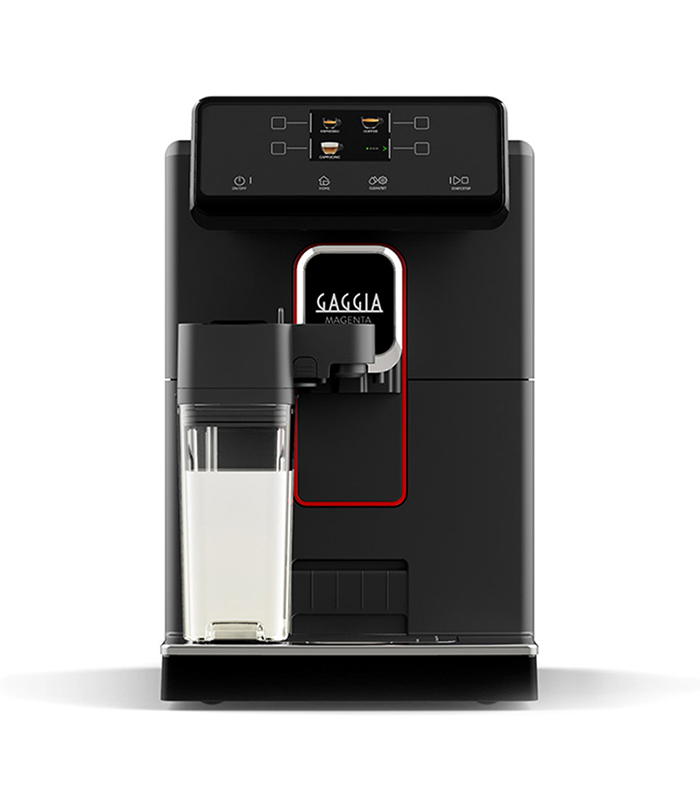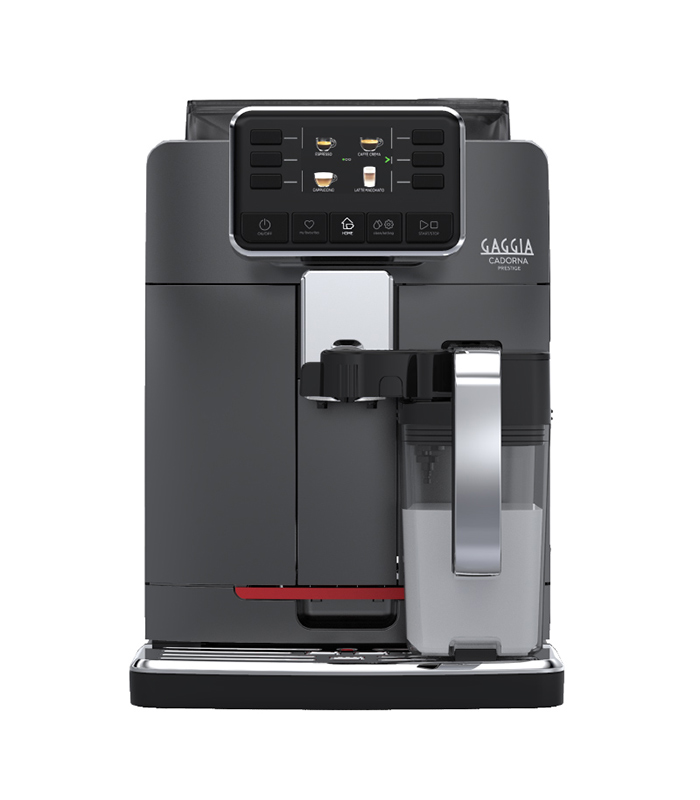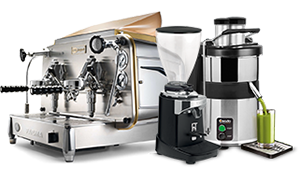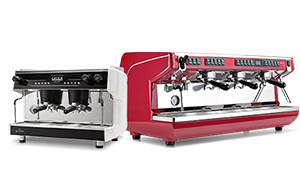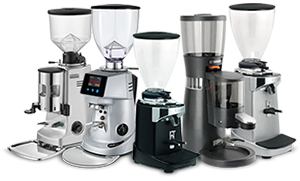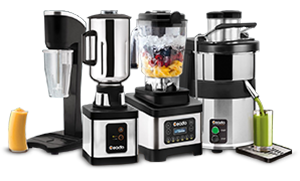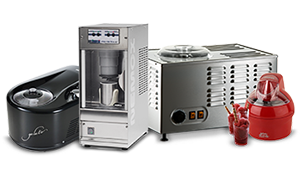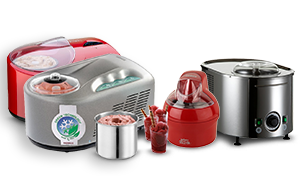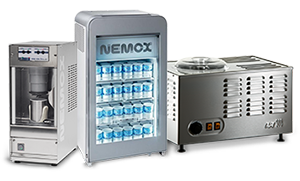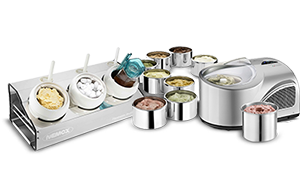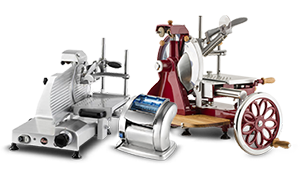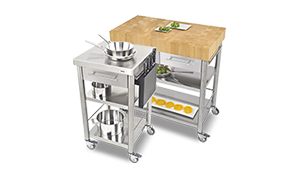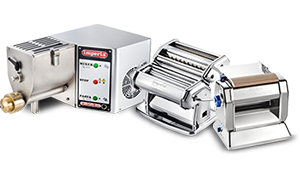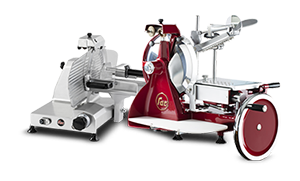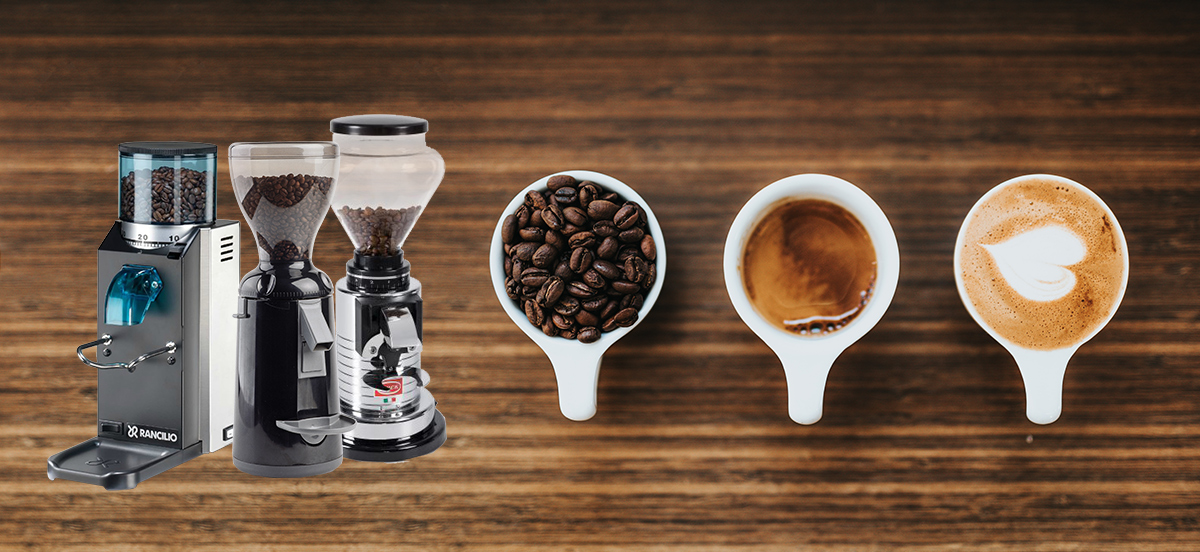Blades or mills, conical or flat, slow or fast, with doser or no doser; There are numerous models of coffee grinders on the market, each with its own characteristics, but which one to choose to get a perfect espresso? In this article dedicated to all coffee lovers and especially to beginners, Caffè Italia offers some valuable tips for choosing the right coffee grinder for your needs.
BLADES: FOR WHICH SHAPE, SIZE AND MATERIAL TO CHOOSE
To begin with, let’s consider the blades of the coffee grinders, which have the function of grinding coffee into small particles of random size. Below we evaluate their shape, size and material.
- Baldes Shape: The blades are available in different shapes, mainly we find flat or conical types. In general, we recommend choosing flat blades to grind the beans to be used for espresso and the conical ones for the preparation of infusion drinks that do not require superfine size control.
- Size Dimensions: blade diameter is measured in millimeters and varies from about 40 millimeters for coffee grinders suitable for domestic use, up to a range of 80 millimeters for commercial coffee grinders. In general, we can say that the larger millstones guarantee faster and higher quality grinding
- Material: Usually the blades are available in steel or ceramic and in some cases they are coated with titanium, to guarantee a longer life. The ceramic blades manage to better dissipate the heat ensuring the freshness of the grind. To produce very high quantities of coffee, however, we suggest steel blades, capable of grinding hundreds of kilos of coffee without having to be replaced.

THE CHARACTERISTICS OF THE COFFEE GRINDERS
Now let’s analyze the technical characteristics of the coffee grinders and the materials used.
- Grinding adjustment. On the market there are models of coffee grinders with doser or no doser. In the first type of grinder it is possible to dose pre-set quantities, while in grinders with no doser the regulation is continuous and it is possible to set infinite grinding variables.
- Engine power. When choosing a coffee grinder it is good to analyze the power of the motor, which varies from about 100 to over 400 Watts. The more powerful motors offer longer work cycles, i.e. they grind more coffee and do it faster.
- Build quality. Higher prices usually guarantee better build quality. Indeed, more metal parts and fewer plastic components can be found in more expensive coffee grinders. Elements such as buttons, switches, sliding controls, levers influence the functioning of the coffee grinder and it is therefore advisable to evaluate its construction.

THE COFFEE GRINDERS WE RECOMMEND
An entry level model but with professional performance is definitely the Nuova Simonelli Grinta with 50mm steel grinders and manual adjustment of the grain size.
The new Ceado E5P and Ceado E6P coffee grinders are an optimal choice for those who want to have a model with semi-professional characteristics. The two grinders are equipped with 64 mm steel grinders, gradual grinding adjustment and a variety of dosing options and timed grinding start.
For those who want an automatic coffee grinder that stops once the preset dose has been ground, we recommend the Mahlkoening Vario model.
The Rancilio Rocky coffee grinder, both in doser and doserless version, is equipped with 50mm steel grinders, more than good for domestic use. The dose adjustment is very varied, up to allowing preparations such as Turkish coffee (very fine) and filter coffee (very large).
For those who want to deal with a model of coffee grinder with professional characteristics, we recommend the Mazzer Mini Elettronico Model A with flat grinders and a micrometric adjustment of the grind.

